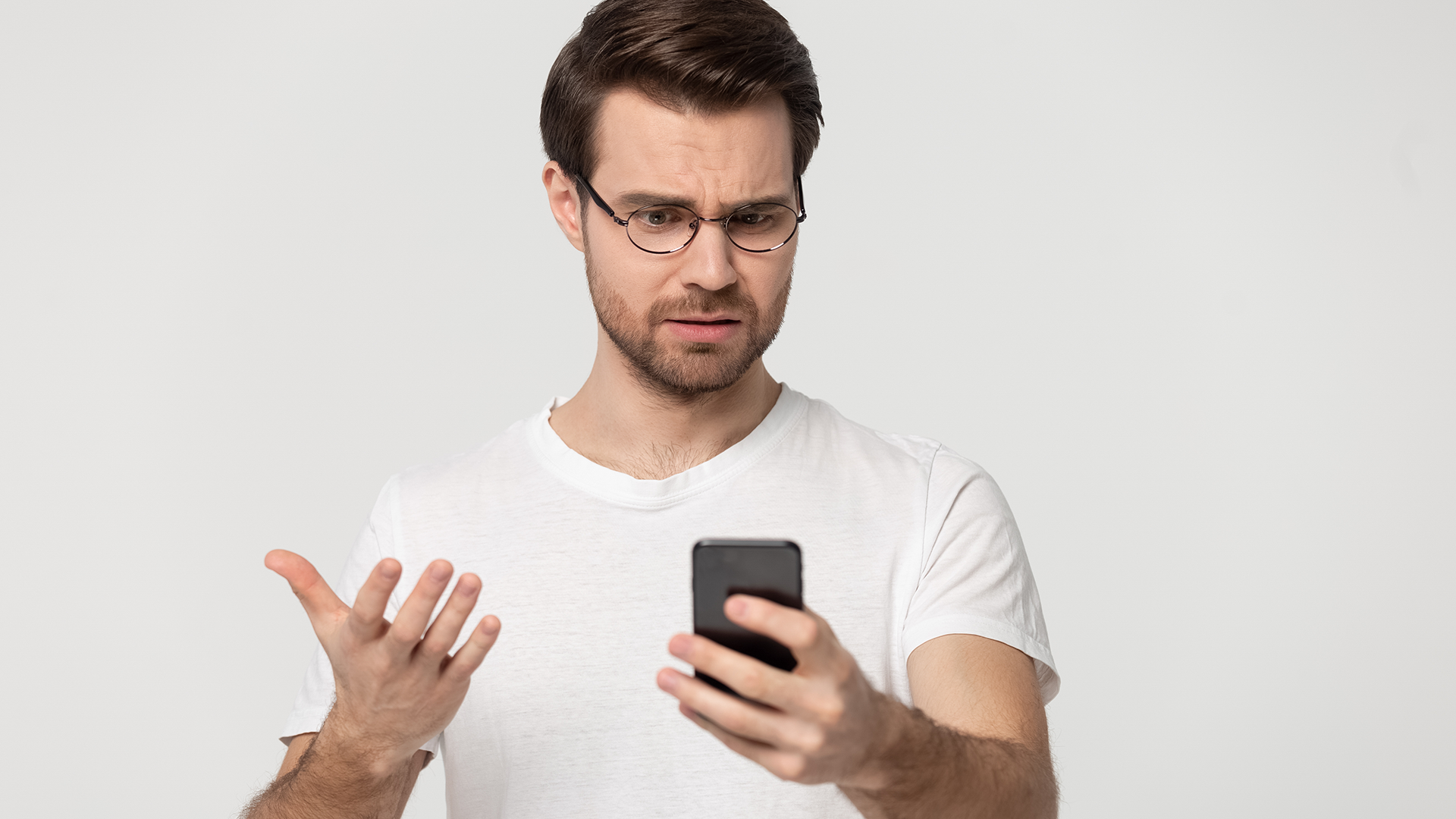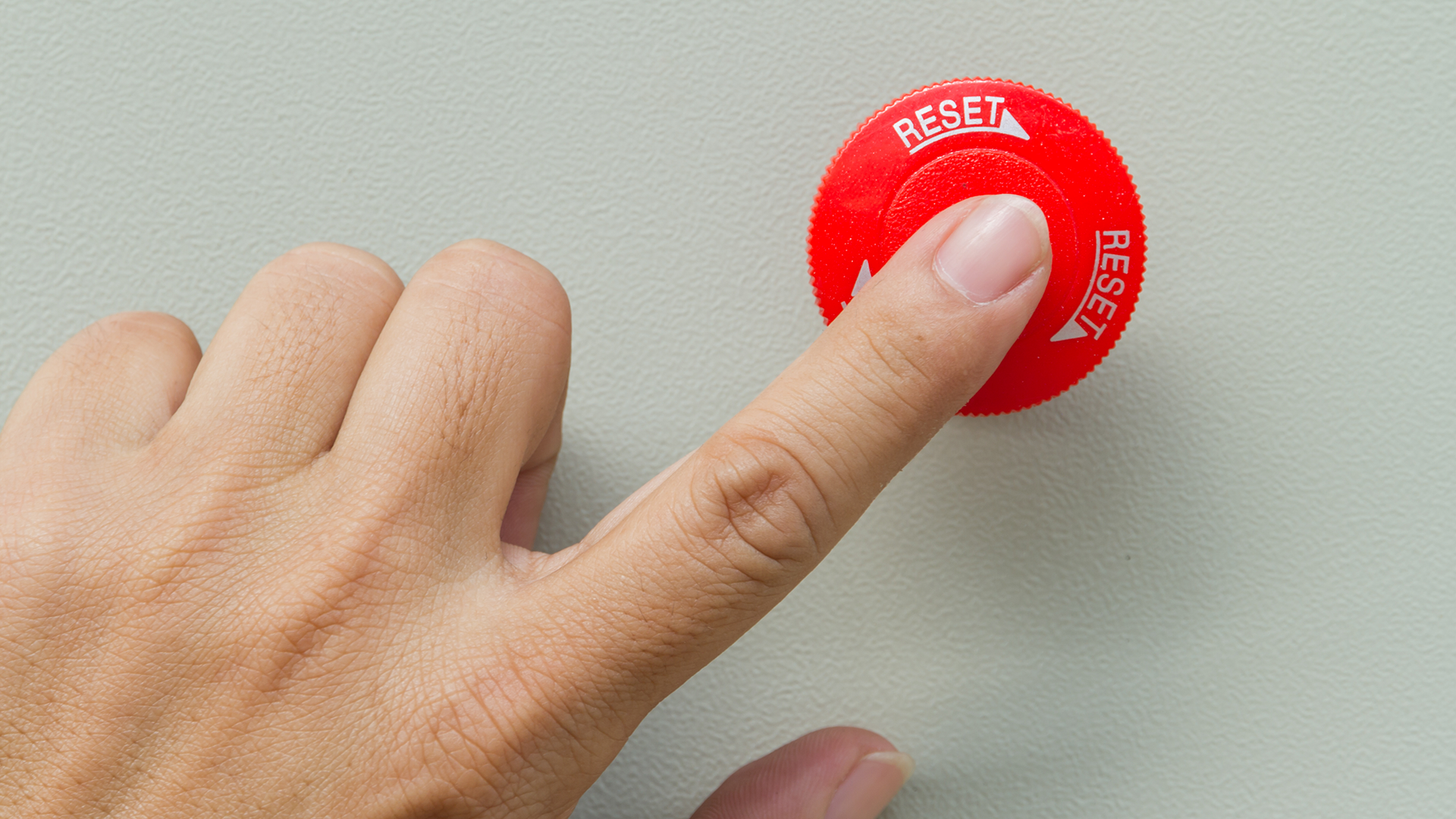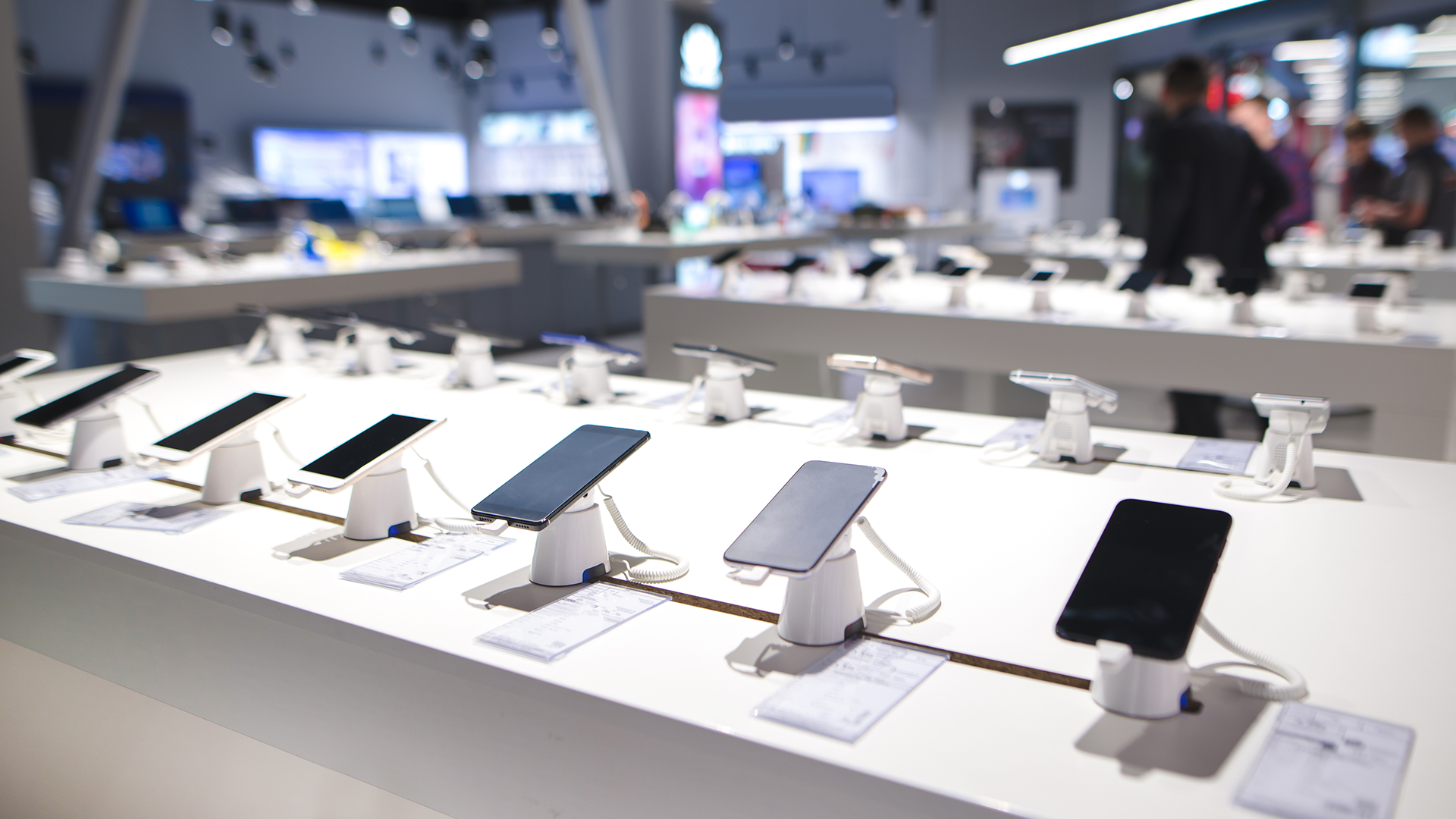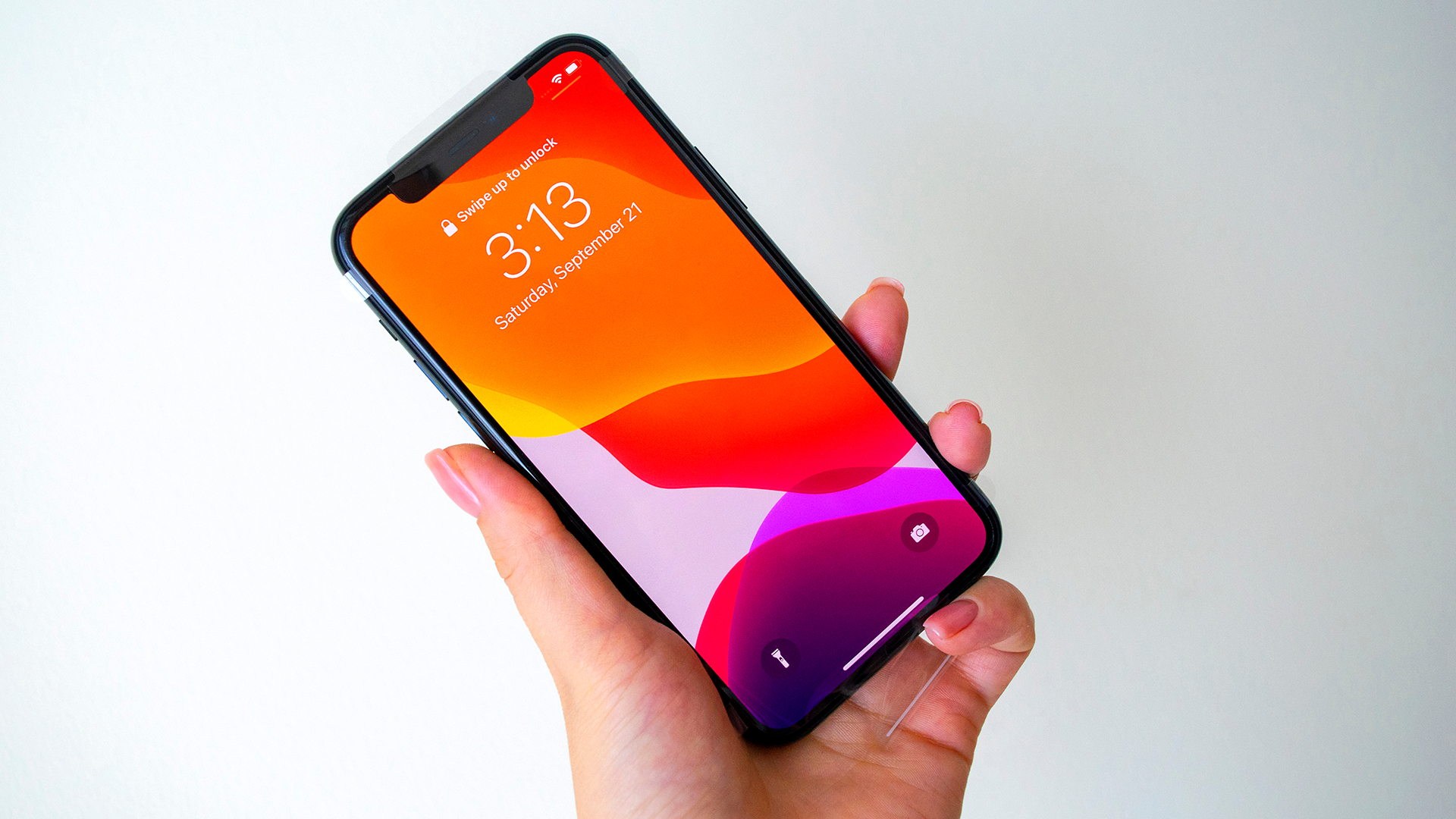Quick Links
After using an Android device for a year or two, you're bound to start noticing a loss in speed and performance. This is totally normal, but it isn't necessarily a death sentence for your phone. In fact, you can probably recover a good bit of speed by following just a few simple steps.
Clean Out Your Phone and Adjust Your Settings
Phones tend to slow down with age. This is primarily a software issue, as new operating systems and apps require extra resources. That said, a lack of free storage space on your phone can also contribute to sluggish performance, and freeing up storage space is an incredibly straightforward task.
It sounds a bit strange, but solid state drives get slower as they reach full capacity. This means that a full phone will run into more performance issues than a near-empty phone. Take a minute to delete some apps (especially games) from your device, and get rid of any unnecessary photos and videos. (Google Photos can actually "move" photos and videos from your phone to the cloud, saving you a lot of time.)
While you're doing this, try to remove any demanding programs from your phone. Uninstall launchers, remove widgets from your home screen, and stop using a "live" wallpaper. Consider placing your phone in Battery Saver mode to throttle apps that run in the background, such as Facebook Messenger. You may also want to clear your cache and use Android's built-in storage tool to quickly eliminate large chunks of useless hidden files.
And, while it won't juice your phone's hardware, increasing the animation speed of your phone makes app transitions feel a bit snappier. If you're using an older device, then fully disabling animations may take some strain off your phone's processor (although deleting files and limiting background usage will be more effective).
Perform a Factory Reset
If fiddling around with apps and settings doesn't lead to speed improvements, then it's time to try a factory reset. This process takes just a few minutes and sets your phone back to day one---just like when you bought it. If a factory reset doesn't fix your phone's wonky problems, then you know that it's time to shop for a new device.
Start by backing up any important files on your phone. Most of your settings, accounts, photos, and app-data on your phone are automatically backed up to Google's servers. Still, we suggest backing up important photos and videos through Google Photos or another cloud storage service to ensure that there aren't any accidents.
Now, let's perform the factory reset. Open your phone's Settings menu, scroll down to the Backup and Reset option, and tap it. Select the Factory Data Reset option, click through the warnings and enter your password. Your phone will now go through the Factory Reset process.
A factory reset will eliminate most software or data issues. If your phone is still sluggish after a factory reset, then its hardware is probably just a little too old or worn out. At that point, it's time to replace your phone.
Buy a New Phone, But Skip Used Options
Shopping for a new phone is a daunting task. Do you buy a used unit or an expensive flagship? What are the features that you should expect in a new phone, and which phones will last the longest before needing to be replaced?
We suggest that you avoid any used phones, as they can be riddled with the same performance issues that you're trying to avoid. (People sell their old phones for a reason.) A used phone that was manufactured within the last year is going to be your safest bet, so long as its a relatively powerful device.
That said, you don't need to spend $1,000 on a flagship phone. There are plenty of powerful, modern Android devices in the $200 to $600 price range, all of which are guaranteed to run at full steam for the next couple of years anyway.
Or, Just Ditch Android and Buy an iPhone
What's your primary concern when buying a phone? If its longevity, then maybe you should jump ship and buy an iPhone. Apple offers better support for its old devices than any Android manufacturer, and the company a habit of keeping old phones up to date for 5 or 6 years before moving on to bigger and better things.
Older iPhones, like the iPhone 8, still receive iOS updates and bug fixes. These updates sometimes increase the performance of old iPhones, and they enable users to run modern apps without running into serious issues. If anything, you'll run into battery issues before you hit any serious performance issues, but batteries are relatively cheap and easy to replace.
We wouldn't suggest buying an iPhone 8, as it's kinda on its last legs. But if you have the cash, a new iPhone X or iPhone 11 makes for a smart long-term investment. These phones are a safe bet until 2024 or 2025, which is a lot longer than today's Android phones will last.




